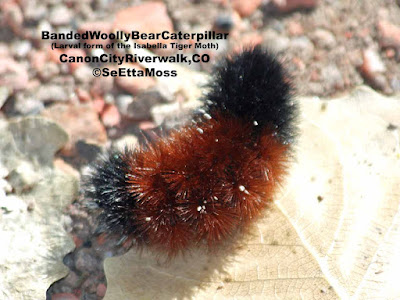White-throated Sparrow

Today I found this White-throated Sparrow on the Canon City Riverwalk around noon. Though similar to related White-crowned Sparrows (both Zonotricia genus), White-throated Sparrows have distinctive yellow lores, clearly outlined throat and rufous coloration to their wings. Also, though White-crowned Sparrows are often found in flocks, White-throated are found singly in Colorado where they are quite uncommon and generally seen during migration. This sparrow stayed inside the vegetation during the several minutes I observed it so this was the best pic I could get. Double-click on the pic for a close-up. I also saw 2 warblers high in the cottonwoods near where I found the White-crowned and heard them give a few chip calls. I think they were likely Orange-crowned Warblers. They were moving quickly in a mixed group with Black-capped Chickadees, a White-breasted Nuthatch and 1-2 Hairy Woodpeckers--all foraging about 70 feet above the trail. SeEtta


